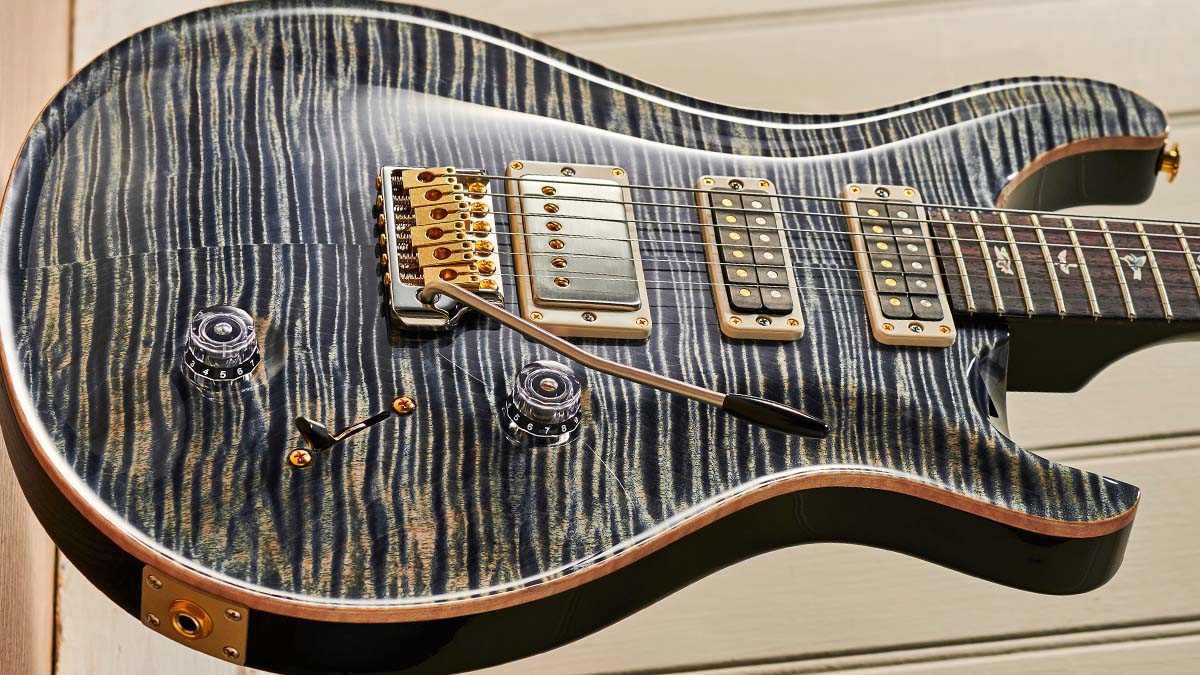Guitar World Verdict
Guitars like the Studio can feel and sound like the best vintage guitar you have ever owned, referencing classic models in passing as it offers a full spectrum of stunning, hum-cancelling guitar tones. It's another home run for the PRS Core range.
Pros
- +
Design, build, proprietary hardware and pickups all elevate this way above the standard.
- +
Fully hum-cancelling performance.
Cons
- -
It’s not cheap.
- -
Minimal options aside from colour.
- -
No lefties.
- -
Not everyone gets the flame ’n’ birds aesthetic.
You can trust Guitar World
There’s little doubt that Paul Reed Smith has got considerable mileage from a guitar he designed back in the early '80s. Having a quick tot-up of the flagship Core USA model range for 2021, there are 17 guitars, 14 of which use this shape, one earlier design (the Santana Retro) and two later Singlecuts.
Surely, this reliance on one outline has to be unique in the history of the instrument, doesn’t it? This design polarity is often cited by those who don’t ‘get’ PRS: ‘They’re all the same!’ The thing is, they’re not.
The differences lie in a host of features, even though that outline remains constant and has done over 36 years of production guitar making. Yet many invisible changes – often unannounced – continually push PRS forwards. Is there a better way, a better sound?
Few open-minded players would say “the old ones are better” and PRS can’t be accused of sitting on its well-earned laurels. In fact, it’s not always easy to keep up. As we say in our intro, the Studio isn’t new to the PRS range, although our new-for-2021 example references the previous 2011 model in that we have a pair of the unique Narrowfield narrow aperture humbuckers instead of the dual single coils of the original 80s guitar. So, the 2011 and the 2021 versions share plenty.
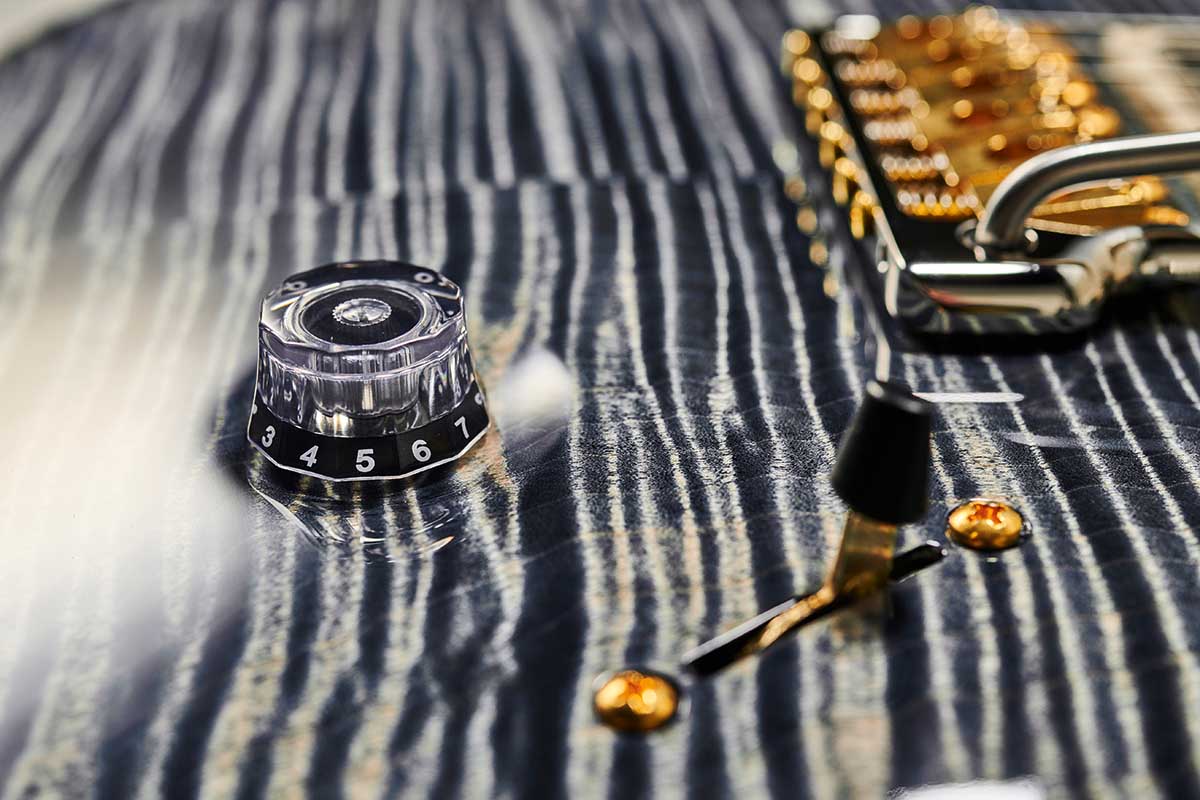
Both are based around the original 635mm (25-inch) scale length that PRS has used since 1985. Both are 22-fret guitars, not 24 like that initial late-80s Studio, and use the ‘Pattern’ neck profile, originally the Wide-Fat (the 2011 model had the option of a Pattern Thin neck, aka the Wide-Thin, something we don’t get today). The body thickness is slightly deeper than the Custom, McCarty-style, at 52mm. But that’s about it.
Virtually every other detail has been tweaked: both the locking tuners and vibrato are now in their Gen III progression; the bird inlays use different materials; the finish, as with all the current Core models, is now ‘NOC’, which stands for nitro sprayed over what is effectively a cellulose/acrylic basecoat; and, most profoundly, we now have different pickups.
This model is loaded with a 58/15 LT at the bridge (LT standing for ‘low turn’ – the bridge pickup is the same in terms of output as a 58/15 neck pickup, instead of typically being slightly hotter) and slightly reworked Narrowfield small aperture humbuckers.
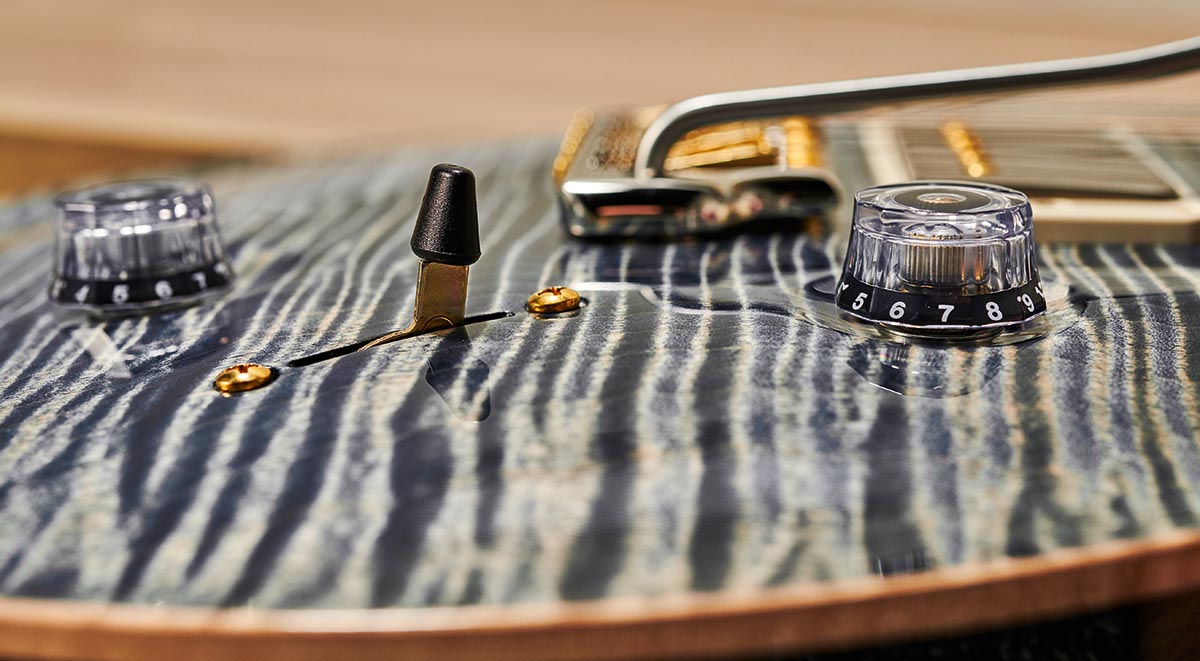
So, as we say, while outwardly things looks the same, so many of the details have been improved. As ever, the detailed construction is faultless. PRS set the bar high back in 1985 and has continued to raise it.
But rarely has it been style over substance, not where the Core USA range guitars are concerned anyway. We probably take for granted the ergonomics of that shape: always the right weight, beautifully balanced played seated or strapped on.
Then there’s the Pattern neck shape (which was never particularly wide nor fat), the ‘halfway’ scale length and the fingerboard radius that sits between the original Fender and Gibson curves.
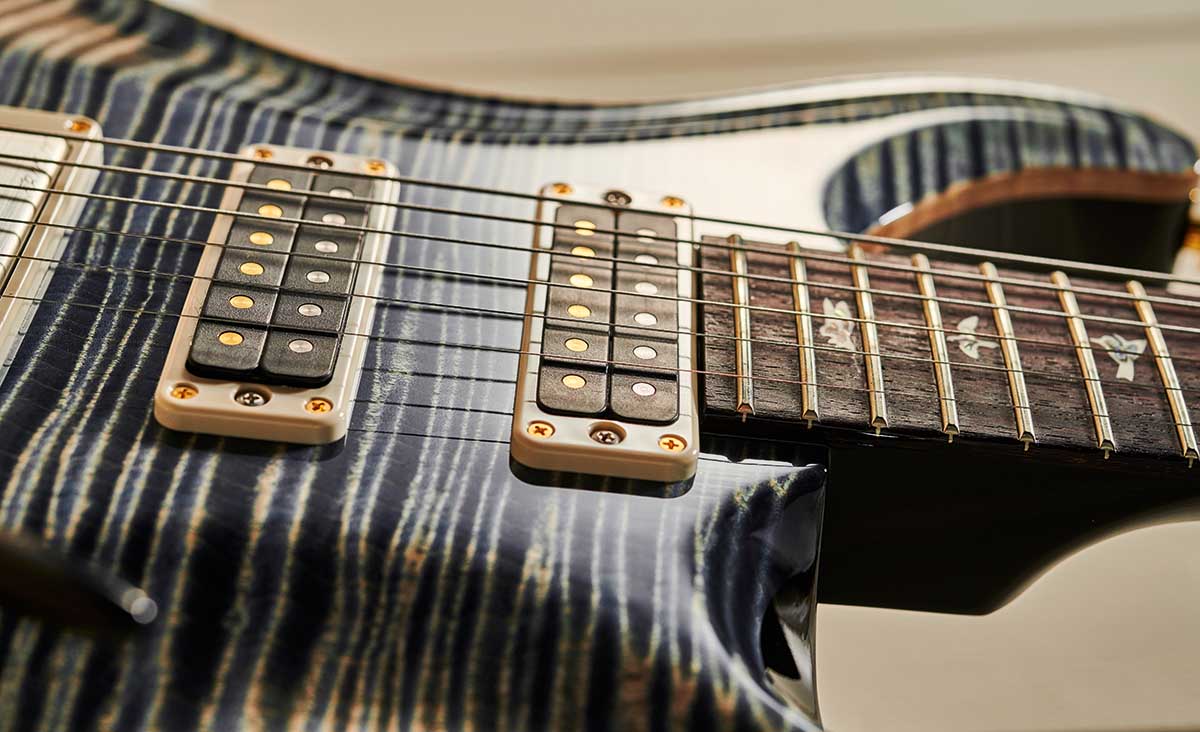
PRS was probably the first to pre-wear its guitars with a subtle rounding of the fingerboard edge, something that’s now common across the industry. You don’t necessarily notice these small details, but they’re all a part of making the guitar disappear in your hands.
Of course, that headstock – now a real classic, like the body shape – does hint back to its 80s origins, but the near-straight string pull over the nut to the tuners is one reason PRS guitars stay in tune while us Les Paul owners can still struggle. But function is only one part of this equation. Plating is removed on any parts of the guitar that may affect or dissipate the strings’ vibrations, along with any plastic washers and the like.
Squeezing every last drop of energy is central to the design, and while the construction, the neck’s stiffness, the wood drying and so on had all been sorted by the early 90s, the fact that PRS – primarily driven by Paul himself – is still finding ways to improve, to maximise that string energy, is quite frankly remarkable. Off-the-shelf is no longer good enough: virtually every part here is proprietary.
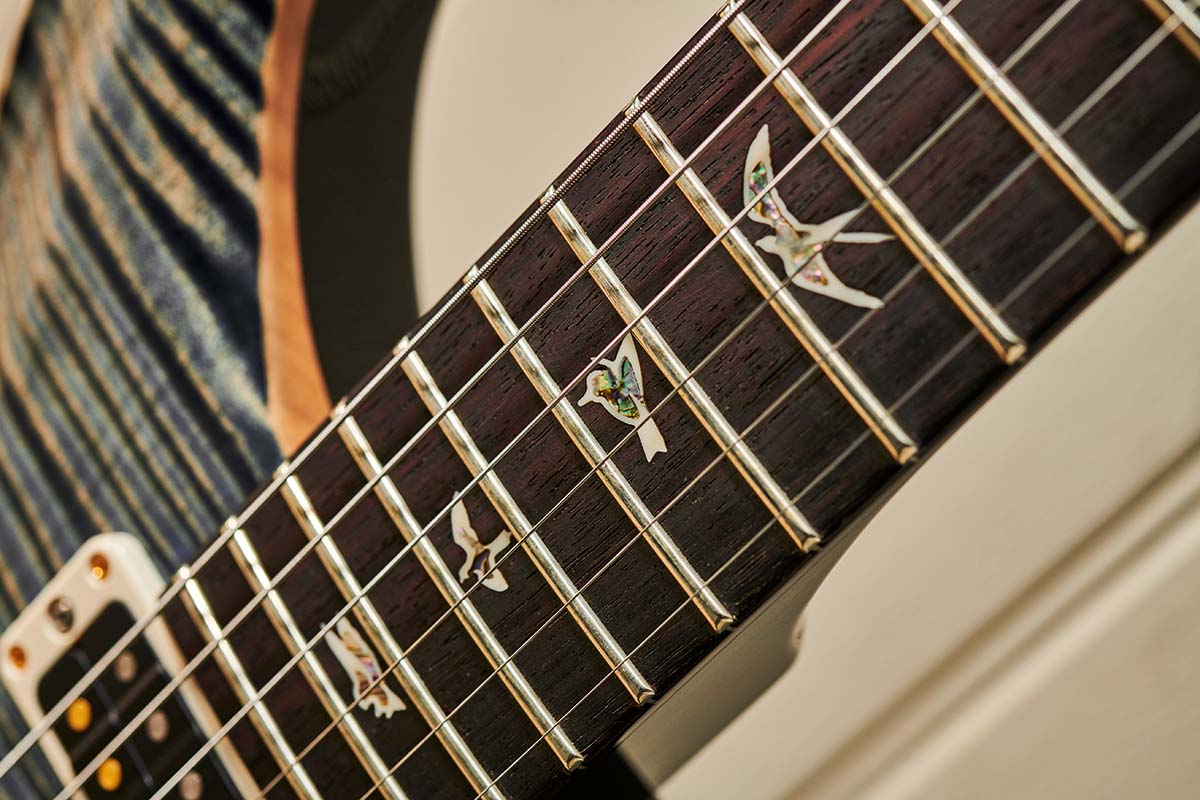
Feel and Sounds
The Pattern neck profile here combines sensible depth (22.2mm at the 1st fret filling out to 24.5mm by the 12th) with slightly tapered shoulders in lower positions and is certainly one of our favourite neck shapes.
The setup is perfectly dialled in, as it should be, and the vibrato needs no introduction. It’s all very stable tuning-wise and perfectly intonated with a beautiful ring and resonance to its unplugged voice.
Like a Strat, we find ourselves listening to the neck pickup first, and while the Narrowfield might have been tweaked for this year we still hear a voice that very much blurs the lines between humbucker and single coil.
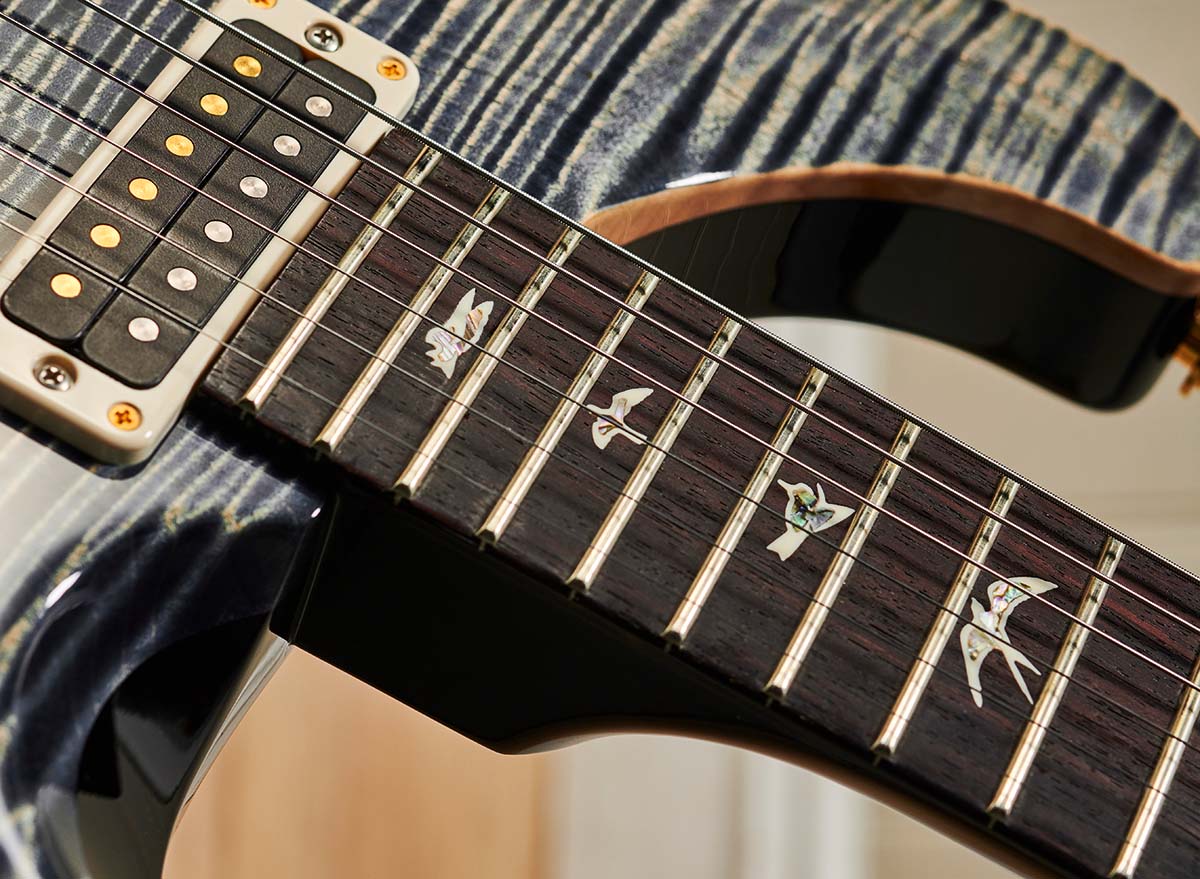
To our ears, it certainly doesn’t approach the crisp attack of a Fender single coil – the sound is deeper, rounded with soft-toned clarity. Pull the volume back and it’s a little more ‘single coil’, but it sounds expensive and really chameleon-like.
The middle Narrowfield has more bite, as you’d expect, but those parallel mixes – the misnamed ‘out-of-phase’ sounds – are really stellar here, unmistakable Fender-like funk and bounce yet with this beautiful depth. Again, pulling the volume back we’re hearing more single-coil-like tonality.
The full-coil 58/15 LT bridge pickup in this environment is certainly in the PAF style. When split, it is thinner, but it’s no wiglifter, typically a partial split leaving some of the usually fully dumped coil in circuit. This writer would happily suggest that it could be the default voice – and if you want a tad more power then you pull the switch up.
It’s a superb clean Peter Green-y voice and hugely expressive. It mixes very well with the middle, in both full and split modes, and keeps things clear with crunch and gain but with no sharpness to the attack. Hey, it’s not a cheap guitar and you’d expect a wide dynamic range – which you get in spades. As ever, use the well-tapered volume and tone.
Can you get a bad sound of this guitar? Well, we tried… But it is worth pointing out it’s not that hot-rod Superstrat style of a beefy bridge humbucker mixed with a pair of Fender-like single coils. No, the Narrowfields here definitely have their own voice and it’s one that’s worth getting to know.
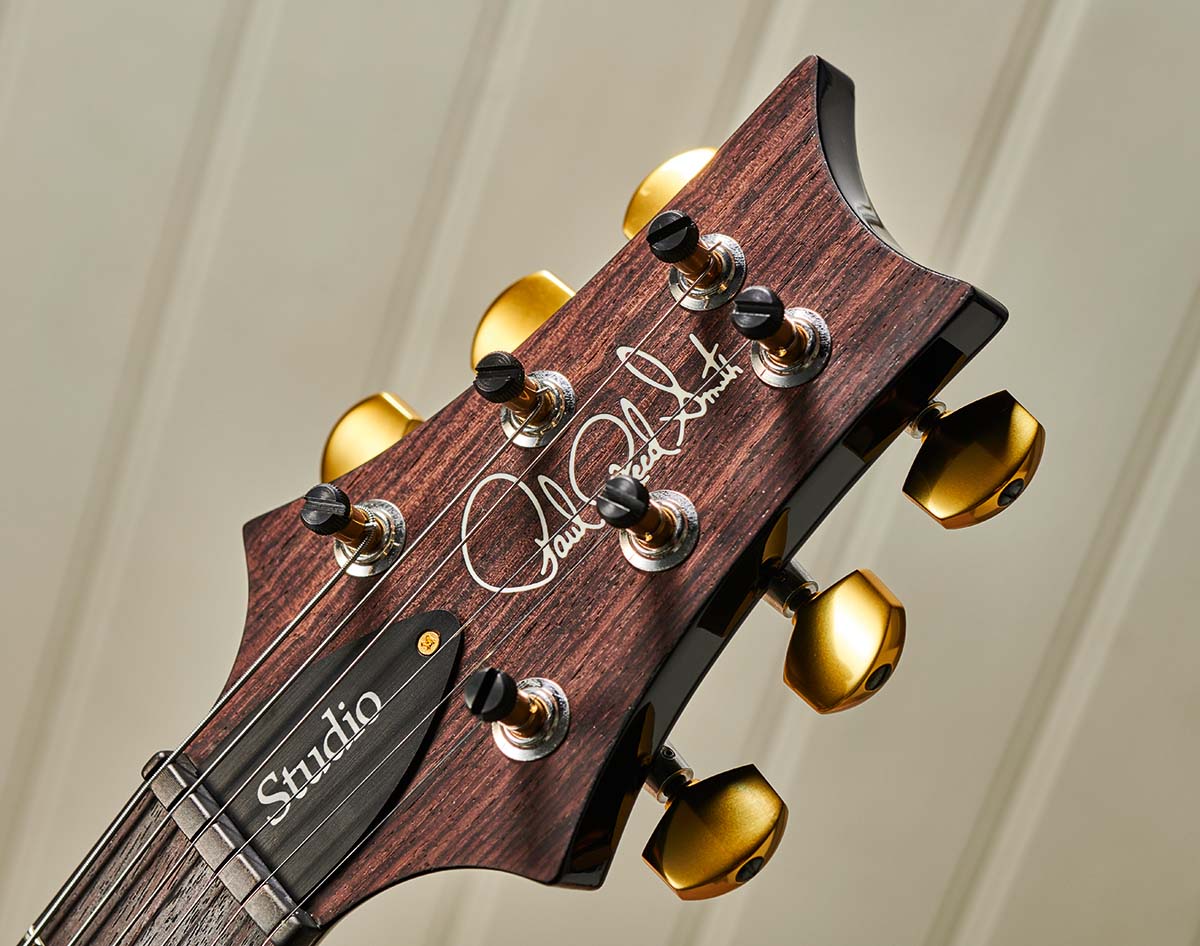
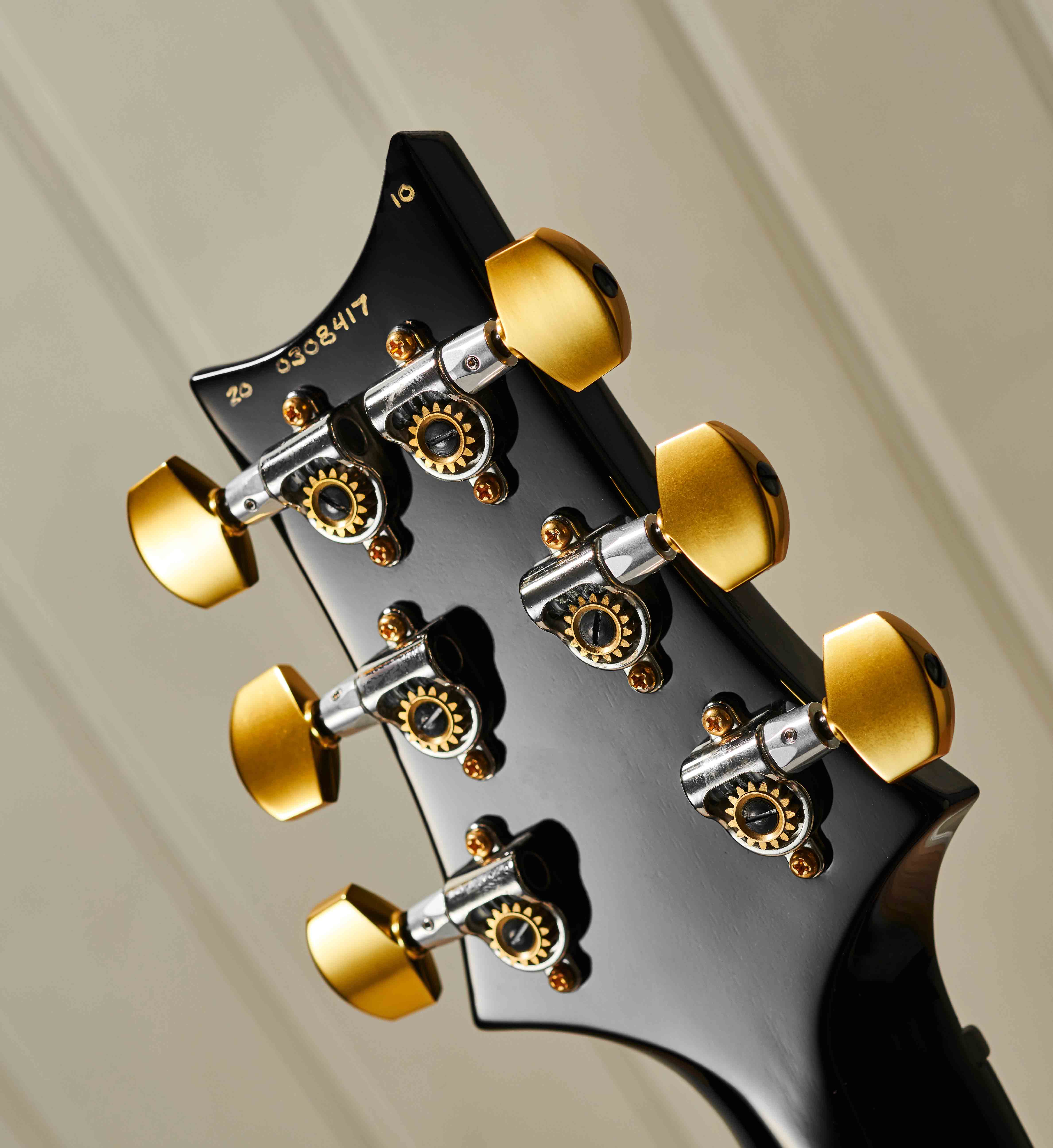
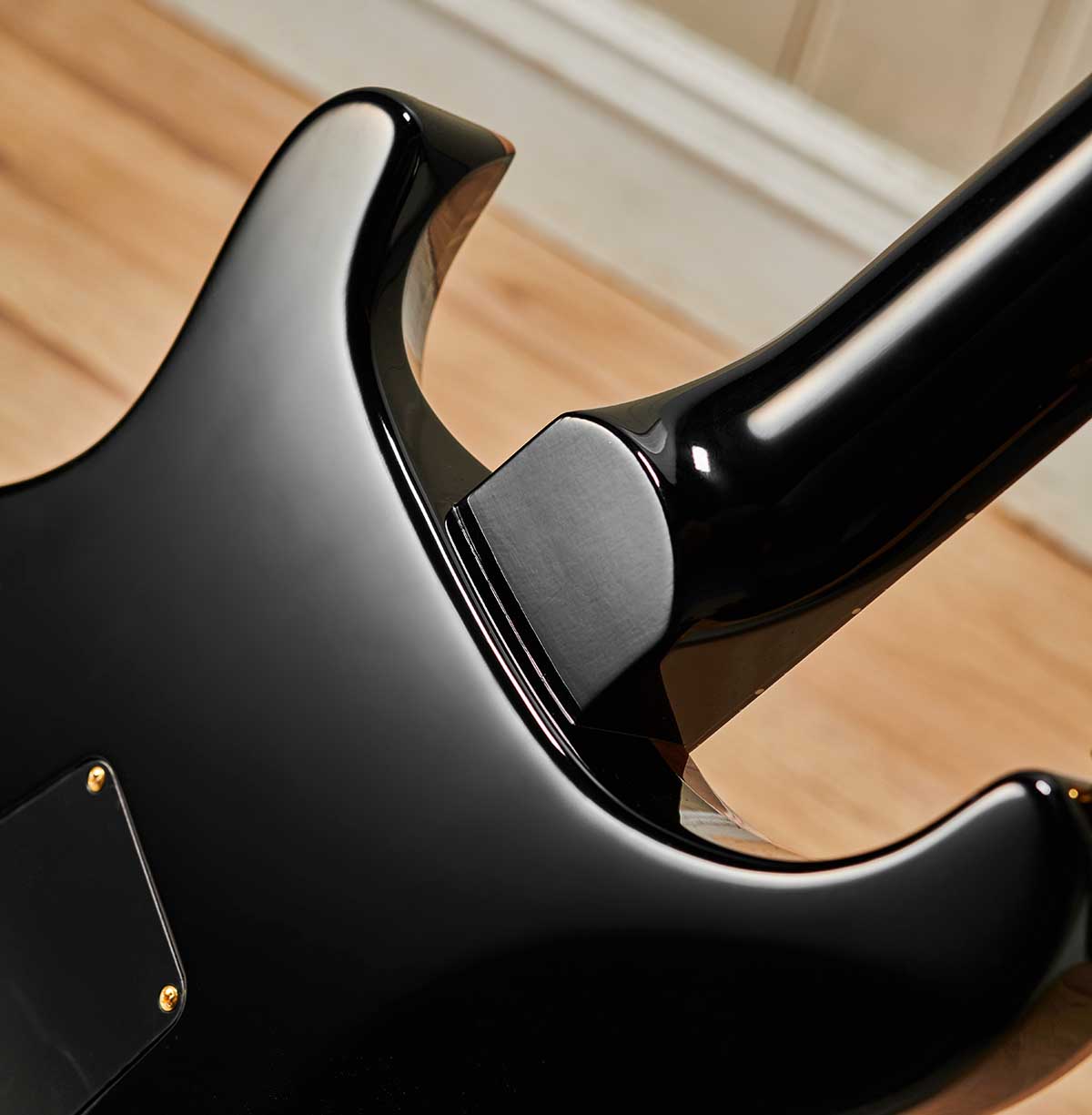
Verdict
As we discuss, PRS’s current USA range is about providing choice. If you want an old-school HSS guitar, the new Fiore would be our first suggestion.
This Studio, frankly, sounds more grown up: the neck pickup has a softer, richer voice than a Strat, the middle adding a little edge, while both mixes are perhaps the most Strat-y voices here yet, with a depth that you’d struggle to find from a Fender-style bolt-on. The bridge pickup is exceptional, both split and in full coil modes, respectively dipping below and above the Narrowfields in output.
The small details are all a part of making the guitar disappear in your hands
It sounds to us less about copping the sound of a '60s Strat with a hot PAF at the bridge, and more about offering a broad spectrum of fully hum-cancelling voices that sound classy and sophisticated played clean and really quite huge but defined with some crunch and gain.
Factor in the feel, the neck shape and the ergonomics and it’s like the best vintage guitar you’ve never owned, certainly not at this price anyway.
PRS’s S2 models are good. SEs, at the price, are exceptional. But these Cores just rip it up. The last ones we’ve reviewed – Paul’s Guitar, the 2020 McCarty and now this Studio – are all stellar pieces: vintage-informed, exceptional guitars that really do make you consider the guitars you own.
Specs
- PRICE: From $4,660 / £3,885 (inc case)
- ORIGIN: USA
- TYPE: Offset double-cutaway solidbody electric
- BODY: 1-piece mahogany back with carved flamed maple top
- NECK: 1-piece mahogany, Pattern profile, glued-in
- SCALE LENGTH: 635mm (25”)
- NUT/WIDTH: Synthetic friction reducing/43.25mm
- FINGERBOARD: East Indian rosewood, bird inlays (green abalone centre/vintage ivory outline), 254mm (10”) radius
- FRETS: 22, medium jumbo
- HARDWARE: PRS Gen III vibrato, PRS Phase III locking tuners
- STRING SPACING, BRIDGE: 52mm
- ELECTRICS: PRS 58/15 LT fullsize humbucker at bridge; PRS Narrowfield humbucker at neck and middle positions. 5-way lever pickup selector switch, master volume and master tone (with pull-push switch to split the bridge humbucker)
- WEIGHT (kg/lb): 3.62/7.96
- OPTIONS: The base price of the Studio is £3,885. The only option is the 10-Top w/ hybrid hardware (as reviewed), which adds £615
- RANGE OPTIONS: See Rivals. The Custom 24-08 (£3,799) offers simple humbucker/true single-coil switching
- LEFT-HANDERS: No
- FINISHES: Faded Whale Blue (as reviewed), one of 20 standard finishes available – all gloss ‘NOC’ (nitro over cellulose)
- CONTACT: PRS

Dave Burrluck is one of the world’s most experienced guitar journalists, who started writing back in the '80s for International Musician and Recording World, co-founded The Guitar Magazine and has been the Gear Reviews Editor of Guitarist magazine for the past two decades. Along the way, Dave has been the sole author of The PRS Guitar Book and The Player's Guide to Guitar Maintenance as well as contributing to numerous other books on the electric guitar. Dave is an active gigging and recording musician and still finds time to make, repair and mod guitars, not least for Guitarist’s The Mod Squad.
“It holds its own purely as a playable guitar. It’s really cool for the traveling musician – you can bring it on a flight and it fits beneath the seat”: Why Steve Stevens put his name to a foldable guitar
“Finely tuned instruments with effortless playability and one of the best vibratos there is”: PRS Standard 24 Satin and S2 Standard 24 Satin review
